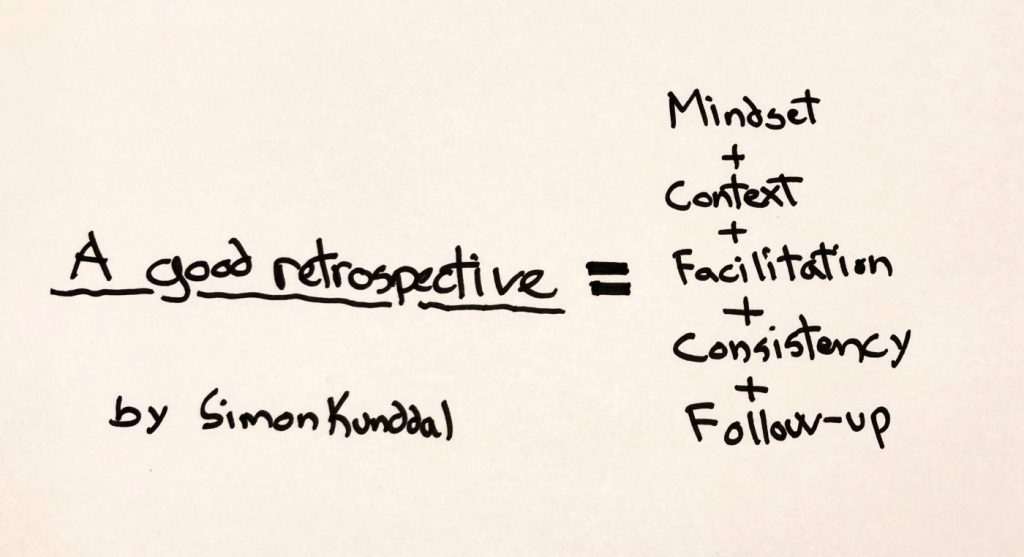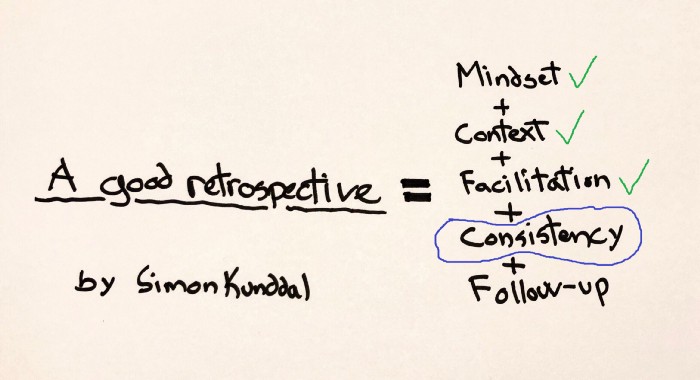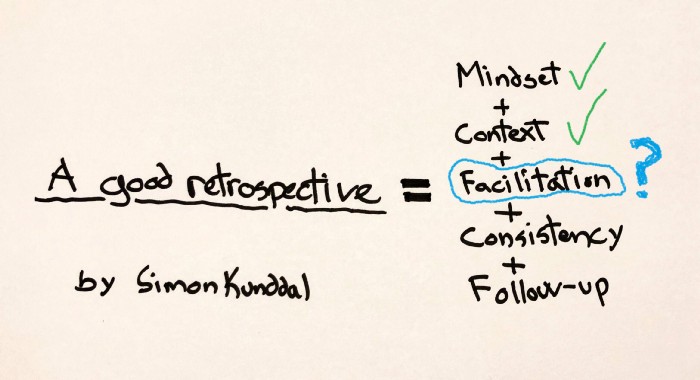The final principle for a great retrospective is what happens after the retrospective. We are all good at identifying the problem, but we also need to make a counteraction or implement the improvement. The activities to reach the improvement will often require different skills than the traditional, and the development team member might disapprove. As a consequence, it will not be the first item to pull. Here, a Scrum Master can help create focus on this during e.g., the Daily Scrum.






